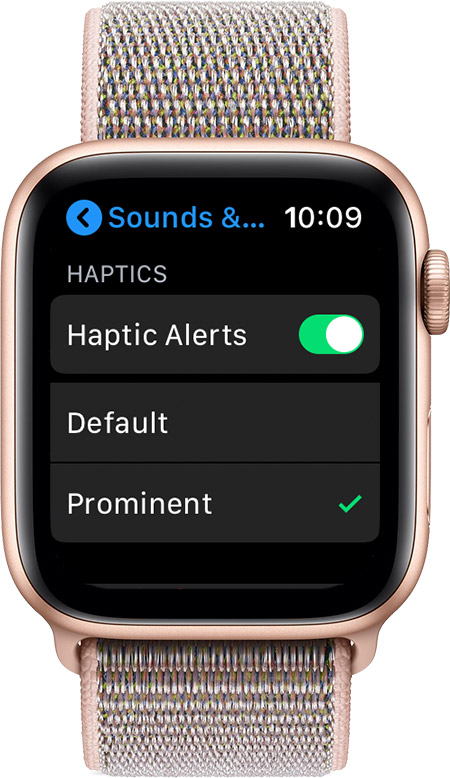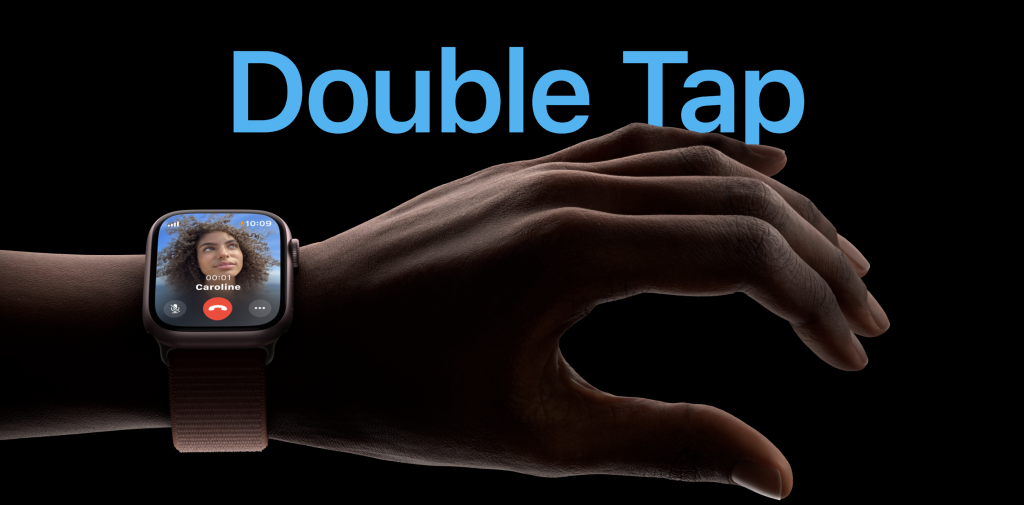Introduction
The Apple watch is a wearable technology marvel that not only is a timepiece but a companion, a personal trainer, a communication hub, all wrapped around the wrist. It offers a wealth of features like a built-in screen reader, the ability to enable grayscale, adjust text size, increase contrast of elements on the screen, and many more that empower individuals of all abilities.
In this blog post we will delve into the accessible features of the Apple watch and how this device is fostering independence for all. We will also discuss how these features are considered to be accessible based on the different models of disability.
Accessible Features
The Apple watch has a number of features designed to make the device more user-friendly for people with disabilities. These features help users with visual, auditory, motor, and cognitive impairments to navigate and interact with the watch effectively. Two out of the many accessible features of the Apple Watch are discussed below.
AssistiveTouch

What is it?
AssistiveTouch allows users to control the watch using various hand gestures, making it easier for users with limited motor skills to interact with the device. It can be used to activate Siri(Apple’s voice assistant), use Apple pay, access Notification Center, Control Center, and the Dock, swipe between screens, hold the side button, show the list of applications and tap the display. This feature enhances the utility, usability and also the accessibility of the product in turn improving its desirability.
How is it accessible?
Medical model of disability: This feature aligns with the medical model of disability as it addresses the specific physical requirements of the individual with motor impairments by providing an alternative method to interact with the watch. It assists in overcoming the individual’s physical limitations related to their disability.
Social model of disability: AssistiveTouch embodies the idea that the disability is not within the user but is a result of societal barriers to accessibility. It is designed to break down these barriers by offering an inclusive means of interaction, thus empowering individuals with motor impairments to navigate the watch independently and participate fully in daily life.
Identity model of disability: AssistiveTouch identifies the diverse ways people with disabilities interact with technology, thus respecting the identity model of disability. It offers an interface that can be tailored by the users according to their needs and preferences, ultimately enhancing their quality of life.
Taptic Engine and Prominent Haptic

What is it?
The Taptic Engine is a haptic feedback system integrated into the Apple Watch and Prominent Haptic is an Apple watch feature that makes the haptic feedback more prominent. This feature assists users with hearing or sensory impairment by delivering haptic feedback for various notifications and interactions, such as incoming messages, alarms, and turn-by-turn navigation directions. The haptic cues are customizable, allowing users to distinguish between different types of notifications or to create a personalized vibration pattern for specific contacts or apps.
How is it accessible?
Empowering model of disability: Prominent Haptic empowers users by enabling them to choose a more prominent haptic feedback experience on their Apple watch for notifications, following the empowering model of disability. It provides users with the tools and options to control their interactions with the watch.
Social and human rights model of disability: This feature follows the social model of disability and emphasizes the human right to participate in the society. It is designed to address a potential challenge for individuals with sensory and/or hearing impairment, ensuring that they have equal access to information and communication using the Apple watch.
Conclusion
Through the remarkable features mentioned above and many more, this piece of wearable technology transforms the way individuals with disabilities interact with the world around them. As we embrace a future where accessibility becomes the norm, the Apple Watch sets an example of the functional solutions model of disability where technology empowers and enriches the lives of everyone, regardless of their unique needs.
